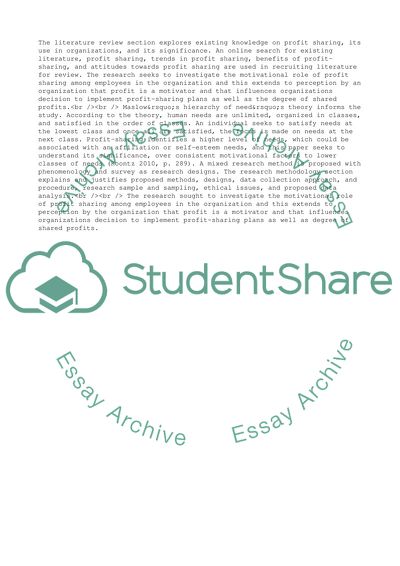Cite this document
(Effects of Profit-Sharing on Employees in the Corporate Environment in Research Proposal, n.d.)
Effects of Profit-Sharing on Employees in the Corporate Environment in Research Proposal. Retrieved from https://studentshare.org/management/1856072-literature-review-and-research-paper
Effects of Profit-Sharing on Employees in the Corporate Environment in Research Proposal. Retrieved from https://studentshare.org/management/1856072-literature-review-and-research-paper
(Effects of Profit-Sharing on Employees in the Corporate Environment in Research Proposal)
Effects of Profit-Sharing on Employees in the Corporate Environment in Research Proposal. https://studentshare.org/management/1856072-literature-review-and-research-paper.
Effects of Profit-Sharing on Employees in the Corporate Environment in Research Proposal. https://studentshare.org/management/1856072-literature-review-and-research-paper.
“Effects of Profit-Sharing on Employees in the Corporate Environment in Research Proposal”, n.d. https://studentshare.org/management/1856072-literature-review-and-research-paper.


